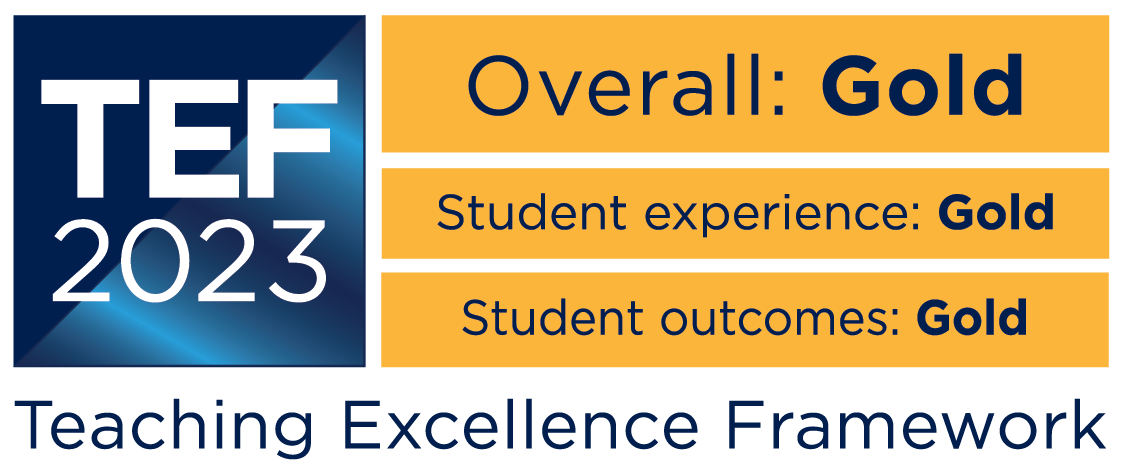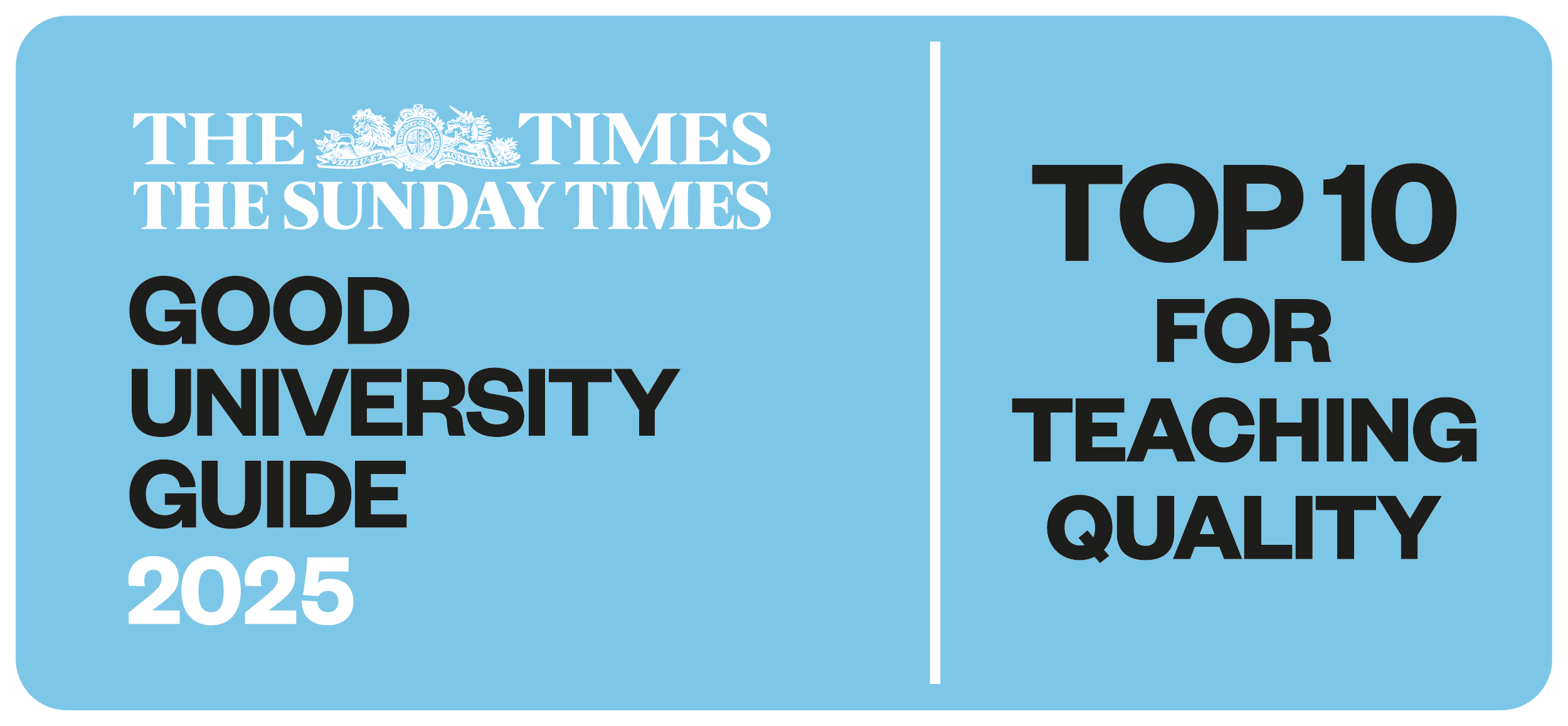Photo credit: FEI
A new tool to measure the noseband tightness of horses will begin a phased roll-out across FEI events in the first quarter of 2025. The news has been welcomed by vets, researchers and other leading figures in the equestrian world. The data-led move has been informed by studies carried out by Hartpury University’s Dr Russell MacKechnie-Guire (Associate Professor in Biomechanics (Research)) and Professor Jane Williams (Head of Research), as well as Dr Rachel Murray, Professor Hilary Clayton, Emeritus Professor, Michigan State University and other industry professionals.
Decisions around the device and how it will be used have been made by the FEI, utilising various sources of information including the recent research conducted by the Hartpury University research team in partnership with others (published in the Equine Veterinary Journal). The research measured forces occurring at various points on the horse’s nose, at different noseband fittings, with results finding there was a threshold at which the forces significantly increased.
Dr MacKechnie-Guire said: “This is a positive step forward for horse welfare and the industry and it’s great that a data-led approach is being taken by the FEI. I think the fact that it is going to be a roll-down across all disciplines is also progress. Welfare is welfare across all sectors that involve horses.
“Here at Hartpury University, we’re committed to carrying out independent, ethical, high-quality research that can inform industry and ultimately improve the welfare and wellbeing of horses and humans.”
World Horse Welfare chief executive Roly Owers told Horse & Hound the charity “is pleased the FEI is introducing a much-needed noseband measuring device”.
“The tightness of nosebands has been a particular point of concern for some time now, and it is so important to make regulations as objective as possible and their implementation consistent,” he said. “What is key now is to ensure that this development helps to tackle current inconsistency in how the rules are applied and that it is shown to remove some of the welfare risk around noseband tightness.”
Dr Jane Williams said: “One of the things we’ve talked about in terms of welfare and how we can improve equine welfare is for the leading organisations in the sector to really take that leadership role and to drive forward practice.
“The research we’ve done has been carried out with experienced horses and riders. So, there’s more work to also do across the other groups. It’s a very complex situation, it isn’t just about noseband tightness – it’s about the horse, it’s about the rider, it’s about the context. But the introduction of a minimum threshold for noseband tightness is a great starting place.”
The research was funded by World Horse Welfare, Canadian Sport Horse Association, Hartpury University, British Equestrian Federation and The Worshipful Company of Saddlers.
Research at Hartpury University
Hartpury University is committed to undertaking high-quality research through strict standards of research integrity and governance to help facilitate rigorous evidence-based practice. Its research governance sets these standards, enhancing ethical and scientific quality and good practice. All researchers seek to operate an open research environment, enabling access to, sharing and replication of our research to ensure maximum value.
Research at Hartpury University has been recognised as ‘world-leading’ and ‘internationally excellent’, according to the Research Excellence Framework (REF) 2021. Students and staff collaborate on a range of projects intended to inform industry and guide real-world practice.








